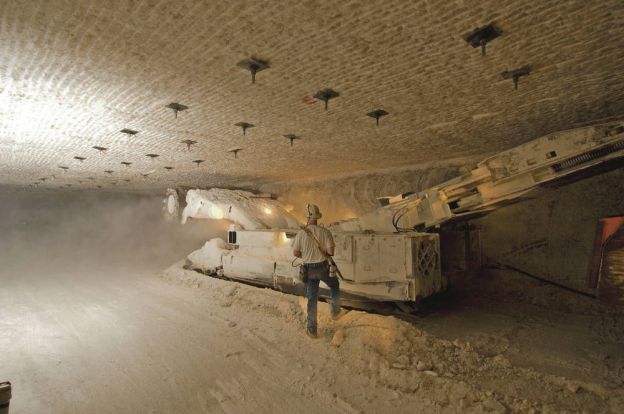The lack of space at the federal government’s only underground nuclear waste repository is among several challenges identified by the National Academy of Sciences who is looking at the viability of disposing tons of weapons-grade plutonium. The National Academies of Sciences, Engineering, and Medicine released a preliminary report on the U.S. government’s plan, which calls for diluting 34 metric tons of plutonium and shipping it to the Waste Isolation Pilot Plant (WIPP) in southern New Mexico.
The disposal of plutonium has to do with a pact signed between the United States and Russia. That pact was based on a proposal for turning the surplus plutonium into fuel that could be used for commercial nuclear reactors. That project, beset by years of delays and cost overruns, was cancelled in early 2018.
If the plan were to be approved, the Energy Department has estimated that it would take 31 years to dilute and dispose of all 34 metric tons. The work would involve four sites around the U.S. — the Pantex Plant in West Texas, the Savannah River Site in South Carolina, Los Alamos National Laboratory in northern New Mexico and the Waste Isolation Pilot Plant.
The panel of scientists found that the agency doesn’t have a well-developed plan for reaching out to those host sites and stressed that public trust would have to be developed and maintained over the life of the project.
Excerpts from Scientists: Capacity at US nuclear waste dump a challenge, Associated Press, Nov. 30, 2018
